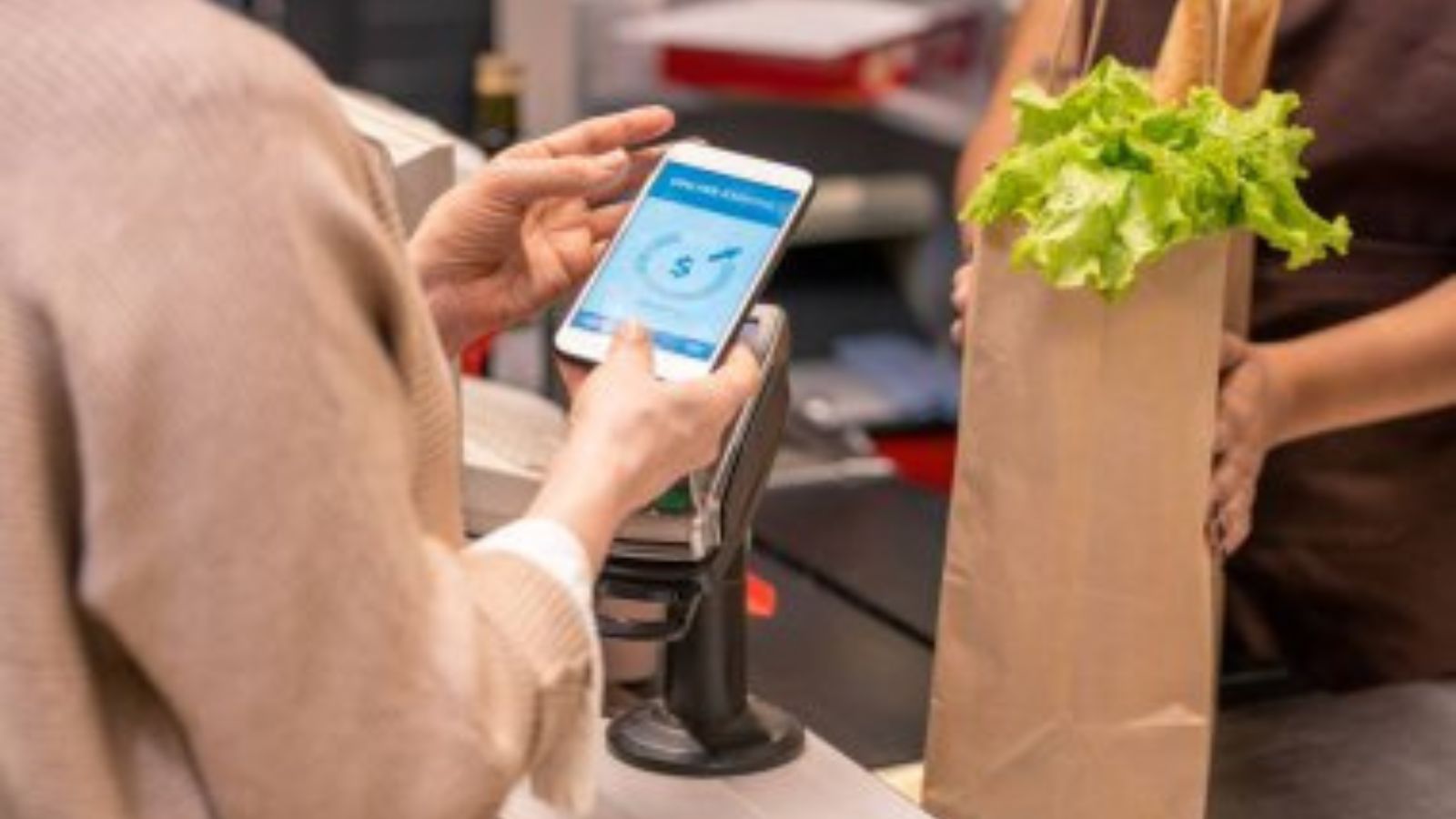Have you ever been to a restaurant where your food arrived quickly and exactly as you ordered it?
That level of accuracy and speed doesn’t happen by luck—it’s the result of smart systems working together behind the scenes. Modern restaurants rely on a mix of technology and organization to keep operations running smoothly.
From digital ordering tools to kitchen coordination systems, every part plays an important role in delivering a perfect dining experience.
Why Systems Matter in a Busy Restaurant
In a restaurant, time is everything. Guests expect their meals to arrive fresh and correct, and staff need to work together like clockwork. With the right systems, restaurants can take orders faster, reduce confusion in the kitchen, and improve service flow from start to finish. These systems not only help in daily operations but also keep the restaurant consistent and customer-friendly.
1. POS System for Fast and Accurate Billing
The Point of Sale (POS) system is the heart of restaurant operations. It connects every part of the business—from the dining area to the kitchen—making it easier for servers to place orders and manage payments. Modern POS tools have become more advanced and user-friendly. They let staff enter orders quickly, split bills easily, and process digital payments without delays.
A reliable restaurant pos system helps restaurants track every order, record sales, and reduce human mistakes. It keeps things moving smoothly, especially during peak hours when speed matters most.
2. Kitchen Display System (KDS) for Clear Communication
Gone are the days of paper tickets in the kitchen. A Kitchen Display System brings efficiency and order clarity to restaurant kitchens. When an order is placed at the table, it instantly appears on the kitchen screen. This eliminates any confusion about dishes, modifications, or timing.
KDS systems improve coordination between front and back staff. They show cooking times, order priority, and even highlight special requests, so nothing gets missed. This keeps chefs focused and helps food reach tables faster and fresher.
3. Inventory Management System
A smart inventory system ensures that a restaurant never runs out of key ingredients. It tracks stock levels, alerts managers when supplies are low, and helps plan purchases based on sales trends. This keeps operations smooth and avoids last-minute shortages.
These systems can even predict future needs by analyzing past data, helping the restaurant save both time and money. This results in a well-organized kitchen that’s always ready to serve guests without delays.
4. Table Management System for Efficient Seating
Managing tables during busy hours can be stressful. A table management system makes it simple. It shows which tables are occupied, which are available, and how long guests have been seated. Hosts can use this information to manage reservations better and reduce wait times.
This system helps in creating a smoother dining flow. Guests are seated faster, servers are assigned efficiently, and overall customer satisfaction improves.
5. Order Management Through Mobile or Tablets
Mobile order management systems have changed how restaurants handle customer orders. With tablets or handheld devices, servers can take orders directly at the table and send them to the kitchen instantly. This reduces back-and-forth trips and shortens wait times.
Customers get their food faster, and servers can spend more time checking on tables instead of rushing to the counter. This also reduces the chances of incorrect orders since everything is recorded digitally.
6. Customer Feedback and Review Systems
Feedback systems allow customers to share their dining experience in real-time. Some restaurants use digital tablets, QR codes, or mobile forms where guests can rate their experience and give quick suggestions.
This helps managers understand what customers love and where improvements can be made. It’s not just about fixing things—it’s about recognizing staff performance and celebrating what’s going well.
7. Employee Scheduling and Attendance Systems
For smooth restaurant operations, a well-organized team schedule is essential. Employee scheduling systems make it easier to manage shifts, track attendance, and balance workloads. Managers can adjust staffing based on busy days, ensuring there’s always enough help during rush hours.
These systems also improve communication among team members. Staff can check their schedules, request changes, or swap shifts easily, creating a more positive and efficient work environment.
8. Cloud-Based POS for Flexibility and Speed
A cloud based pos system offers the advantage of mobility and real-time data access. It allows restaurant owners to view sales reports, track inventory, and manage orders from any location using an internet connection.
This kind of system is especially useful for restaurants with multiple branches. It keeps everything connected, ensuring consistency in service, pricing, and performance. The data is always backed up and easy to retrieve, which saves time during audits and planning.

Bringing It All Together
When these systems work together, the results are impressive. Orders move faster, communication becomes clearer, and customers leave with smiles. Each system plays a specific role, but when integrated, they create a strong base for restaurant success.
- POS systems speed up order taking and billing.
- KDS keeps kitchen teams informed.
- Inventory and table management reduce stress and improve flow.
- Employee tools and feedback systems keep the team motivated and customers happy.
The Future of Restaurant Operations
Restaurants today are becoming smarter and more connected. Technology allows them to handle busy rushes smoothly and maintain high-quality service without sacrificing personal touch. Automation is helping staff focus more on hospitality rather than manual tasks.
With these systems in place, restaurants can grow faster, build customer trust, and maintain consistent performance every day. Guests enjoy timely service and accurate orders, while restaurant teams work in a calm and organized way.
Conclusion
Good food and friendly service are important, but what really keeps a restaurant running smoothly is the system behind it. With the right mix of technology—like POS, KDS, and inventory tools—restaurants can manage everything efficiently. These systems not only make work easier but also ensure that every guest enjoys a pleasant dining experience. By adopting such tools, restaurants set themselves up for success where accuracy and speed go hand in hand.

